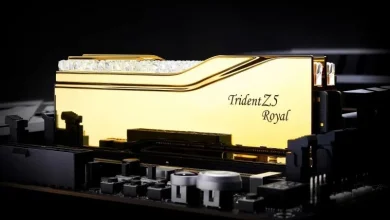Wi-Fi 8 Passes First Test
Wireless connection technologies have taken another step forward. Wi-Fi 8 glimpsed the future with the first prototype test conducted by TP-Link. This development, which came before Wi-Fi 7 had even fully expanded, heralded a new era focused on stability and performance rather than connection speed.
Wi-Fi 8 Tests Successfully Completed
TP-Link announced that it has successfully completed early prototype hardware testing of Wi-Fi 8 (802.11bn) technology. The company described this test as a “critical milestone” and stated that its beacon and data transfer capabilities were verified. It was stated that the hardware developed during the testing process was the result of a collaborative effort with various industry partners.
According to TP-Link, the first user products of Wi-Fi 8 could be released before the official standard is approved. The process, led by the IEEE (Institute of Electrical and Electronics Engineers), is expected to be completed by 2028. This means the new connection standard will be gradually commercialized over the next few years.
According to a technical report published by Qualcomm in July, Wi-Fi 8 will use the 2.4GHz, 5GHz, and 6GHz bands, just like Wi-Fi 7. However, the focus will no longer be on maximum speed, but on real-world stability and latency performance. While it offers 320MHz channel bandwidth and 23Gbps theoretical speed, the primary goal is to provide a stable connection even in low-signal conditions.
The new technology aims to make a difference in multi-device environments. It will reduce latency and expand coverage when dozens of devices are connected on the same network. This will enable a seamless experience in gaming, video conferencing, or high-definition broadcasts.
Qualcomm states that Wi-Fi 8 will fundamentally change the way wireless connectivity is understood. The company stated, “Wi-Fi 8 will no longer be the standard for speed, but also for reliable performance. The goal is to make wireless connectivity as stable as wired infrastructure.” The new standard aims to improve connection reliability across a wide range of future applications, from home networks to industrial systems.
Read More: Marvel Confirms VisionQuest Suspicion





